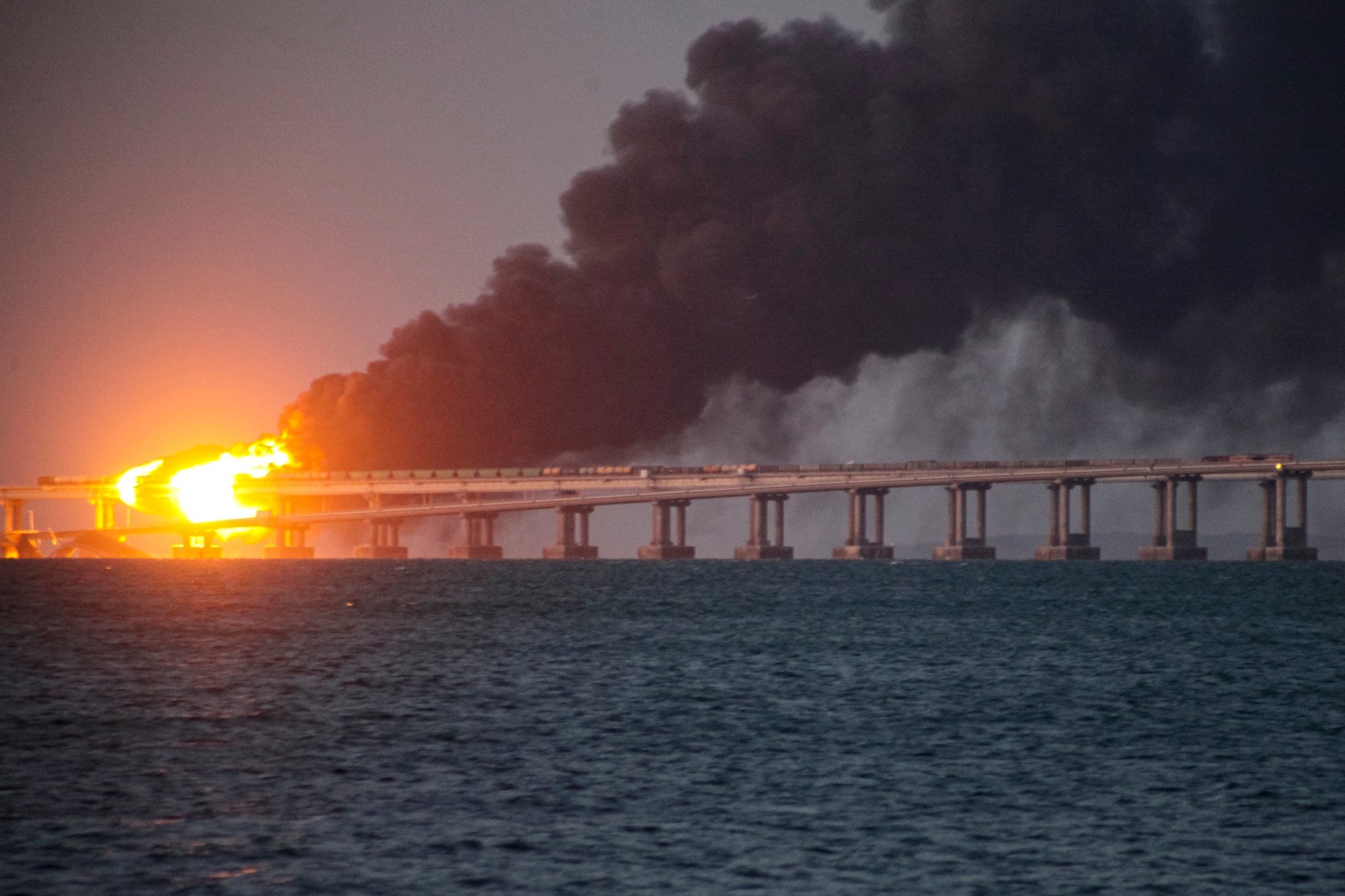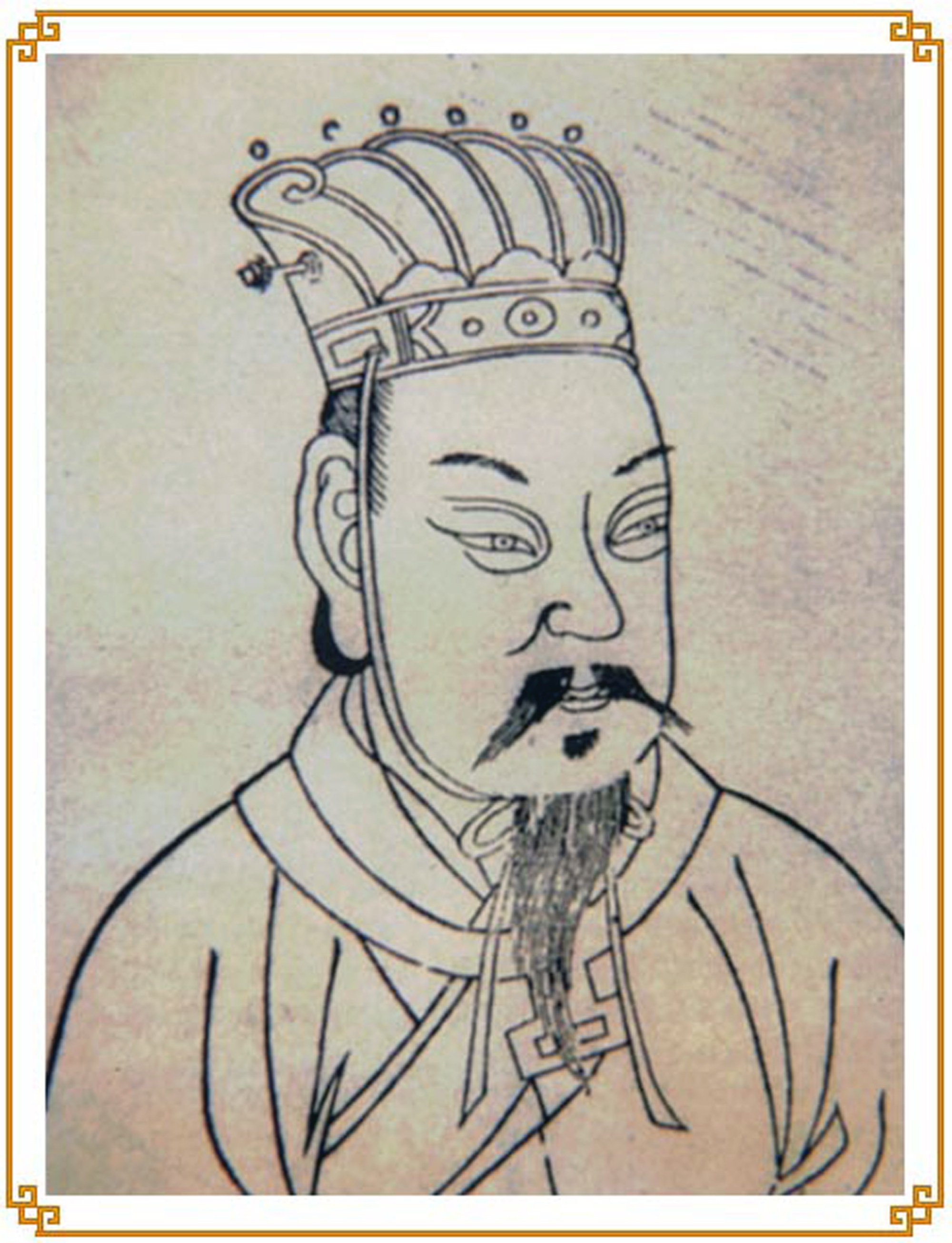
In Ukraine war and World War II, burning bridges was a symbolic act of defiance, but in ancient China destroying one saved a warlord from certain death
- From Japan’s 1942 invasion of Singapore to the recent Crimean Bridge blast, destroying bridges is futile in modern war, with engineers able to repair them fast
- But this wasn’t the case in Han dynasty China, when an outmatched warlord and his army escaped certain annihilation by destroying a bridge as they retreated
On October 8, an explosion crippled the Crimean Bridge, which connects the Crimean Peninsula with the Russian mainland.
The 18-kilometre (11-mile) bridge, which the Russians built after their 2014 annexation of Crimea, was completed in 2019 and supposedly a personal prestige project for Russian president Vladimir Putin. To the Ukrainians, however, the bridge is a hated symbol of Russia’s occupation of Crimea.
The explosion at dawn cut off road and rail access into the peninsula from Russia, and disrupted a key logistics link for Russian troops in the ongoing war between the two countries. By the evening of the same day, Russia said the rail link on the bridge was operational again but its road traffic would remain restricted.

The British and Allied forces made a similar futile gesture 80 years ago at dawn on January 31, 1942.
In an attempt to delay the Japanese Imperial Army’s invasion of Singapore, hitherto touted as the invincible “Gibraltar of the East”, the Causeway that connected the island with the Malay Peninsula was blown up with two explosions, the second of which resulted in a 20-metre (70-foot) gap on the Causeway.
The man who wrote the account of the Japanese invasion of Hong Kong
It caused a slight inconvenience to the Japanese, whose engineers swiftly constructed a girder bridge across the gap, over which they marched into Singapore. Some units of Japanese troops simply crossed the narrow Johore Strait on boats.
The British surrender after two weeks of fighting was followed by a 44-month occupation of Singapore by the Japanese, who were far more brutal and repressive than the British had ever been.
Still, not all bridges were destroyed in vain. The dismantling of a bridge 1,814 years ago in China succeeded in halting the army of a warlord and saving the life of another.
The year was AD208. The once mighty Han dynasty (206BC-AD220) was on the verge of collapse.

The Chinese empire was riven by multiple warlords who, though nominally subordinate to the Han emperor, were their own masters with their own armies, territories and imperial ambitions.
The most powerful warlord at the time was Cao Cao (155–220AD), who had appointed himself counsellor-in-chief to the hapless emperor under his control.
Liu Bei (161–223AD) was then a little more than a peripatetic fighting man for hire with a small army and no territory or resources to speak of.
An ancient Chinese history lesson for today’s Hong Kong
Both their armies clashed in what is today central Hubei, some 200 kilometres west of Wuhan. Cao’s superior forces decimated the ragtag army of Liu, who ordered his trusted commander Zhang Fei to lead a small cavalry to delay the pursuing enemy while he fled for his life.
Seeing that there was a single bridge that spanned a river that Liu had crossed, Zhang ordered the bridge to be destroyed.
Glaring at the enemy troops amassing on the opposite bank, Zhang shouted in his sonorous voice: “I am Zhang Yide (his zi, or courtesy name), a native of Yan. Who dares fight with me to the death!”
How China’s emperor maintained absolute control
It is written that no one among Cao Cao’s army dared to approach the redoubtable Zhang Fei, allowing Liu Bei and the remnants of his men to survive and fight another day. Well, even if anyone wanted to fight Zhang Fei to the death, they couldn’t because, with the only bridge destroyed, there was no other way to cross the river.
Given the engineering and logistics limitations in the early 3rd century, the reconstruction of the bridge or the canvassing of small boats to cross the river would take quite a bit of time. Liu Bei and his men would be long gone.

